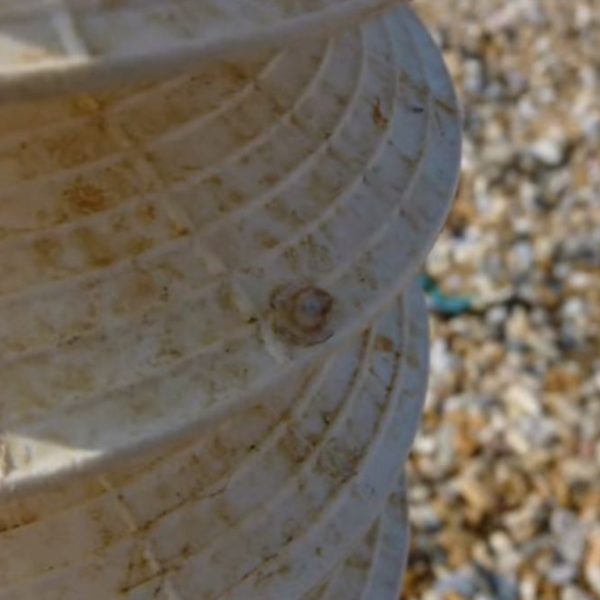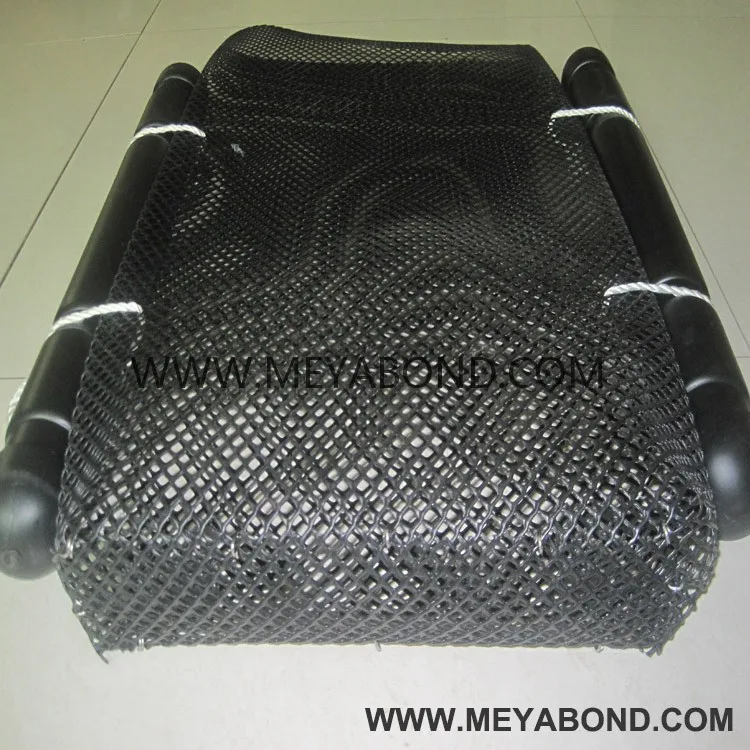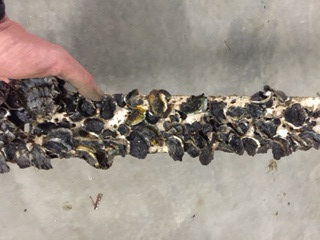


When Fairfield’s Shellfish Commission decided to launch the program seven years ago as a way to help the natural oyster beds, it discovered Connecticut was one of a few coastal states in the country that didn’t have something like this. “Right now, one of the major concerns in Fairfield is the building docks into our oyster beds,” Short said.
OYSTER SPAT COLLECTOR SERIES
Oysters are facing a series of threats, including construction, global warming, storms, sediment covering the shells, pollution and over harvesting, though restrictions have helped the last two. What happened to Jennifer Dulos? Tuesday marks 3 years since New Canaan mom vanished.DOT: ‘Welcome to Connecticut’ sign ripped off at Rhode Island border.UConn women’s basketball’s Nika Mühl will have expanded role without ‘best friend’ Paige Bueckers.Owner of Branford restaurant Donovan’s under investigation for wage theft.Where to watch $3 movies in CT for National Cinema Day.25+ things to do on Labor Day weekend in Connecticut.State police: Five injured in fiery crash on Merritt Parkway in Trumbull.Getchis sees it as a win-win because not only would restaurants support the environment by participating, but it would also remove the cost they pay to have the shells taken away. The group working on the statewide recycling effort is trying to get that restaurant support too and is issuing a survey through the restaurant association to identify the restaurants’ motives, interests and challenges. “Trying to make it easy on the restaurant is important,” Macklin said.
OYSTER SPAT COLLECTOR FREE
The commission buys the buckets with some of its budget, making the program free for restaurants to participate in. The shells are then cured for six months to ensure no invasive organisms are on them before they go back onto natural oyster beds in Connecticut waters, especially since the oysters at restaurants can come from all over.įairfield places the collected shells at Ash Creek, Sasco Beach, Pine Creek and Tide Mill at Southport Harbor. The buckets are then picked up by commission volunteers on the weekend and an empty bucket is left in its place. Under Fairfield’s program, the commission gives a five-gallon bucket to participating restaurants to collect discarded oyster shells. “We have a huge opportunity to capture shells along the I-95 corridor and transport,” Getchis said. The state is also working on statewide regulations and guidelines to make it easier for a uniform approach across a potential network. Getchis said the state would like to develop a network in the long run and is using these programs, along with other states’ experiences, to see how it would work best and potential costs. Fairfield has created a set spot for its program in a strategic area so that the smell doesn’t have much impact and is helping Closed Loop Initiative Partners with the storage. He said one of the biggest challenges with these programs is storing the shells before they can return to the water. Macklin said their commission is already working with Closed Loop Initiative Partners in Stamford to help the pilots in Stamford and Norwalk. “It’s a proven method across the industry.” Short, Fairfield’s shellfish commission chairman, said they’ve seen a mix of oysters over the years. “We realized there was a huge opportunity to recover those shells that were lost when they were sold,” Getchis said.įairfield has successfully run its program for seven years and so those volunteers, including Macklin and John Short, are sharing what they’ve learned as three other pilot programs look to come onboard in Stamford, Norwalk and Groton. She said oyster farms are already great at recycling but, because there isn’t a statewide recycling program, a lot of shells aren’t returned to the oyster beds once they’re delivered to restaurants and then discarded. She said the state has been working on restoring Connecticut’s oyster beds for years with a restoration plan set to come out this spring. “That shell is critically important,” said Tessa Getchis, an extension educator with the Connecticut Sea Grant and the University of Connecticut Extension Program. Another possible environmental benefit is that an adult oyster can filter up to 30 gallons of water a day. Adding these shells back onto the beds also provides habitats for other aquatic species and reinforces the beds along the shoreline, which in turn can help prevent erosion and improve water quality.

Oysters tend to spawn best on other oyster shells - one of the main reasons for the program.


 0 kommentar(er)
0 kommentar(er)
